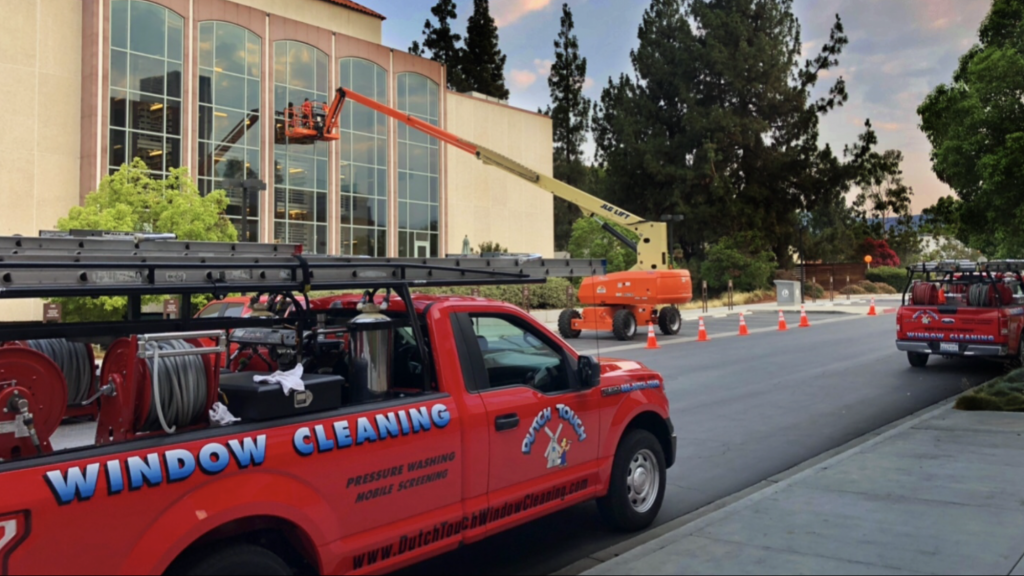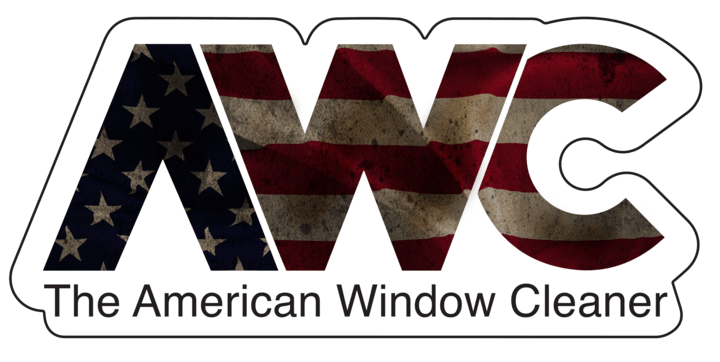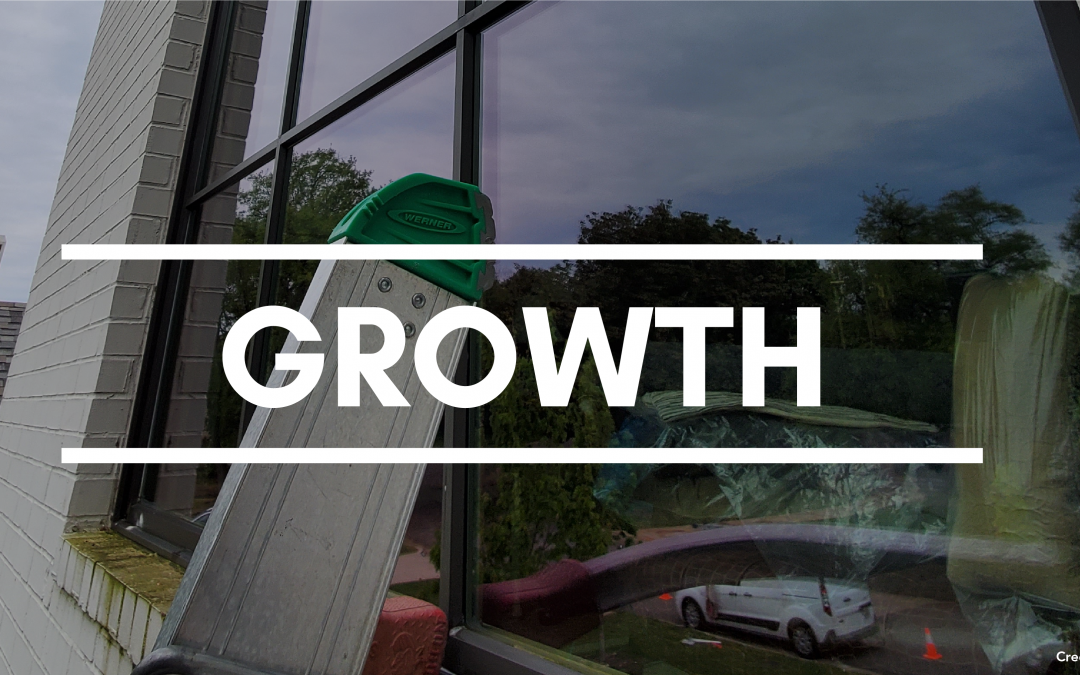Scaling Your Business? Be Sure You Understand Customer Lifetime Value.
Window Cleaning businesses looking to find their footing should be obsessed with metrics. However, not all metrics are created equal for those hoping to survive over the long haul.
The difference between businesses that fail and those that scale?
Understanding what their customers are worth by the numbers. Scaling is near-impossible until you determine your customer lifetime value.
Breaking down your CLV.
Customer lifetime value (CLV) represents a relatively simple concept that can make or break your business. In short, your CLV is the total dollars that a customer will spend with your company throughout their lifetime.
There are numerous ways to calculate your CLV, but this straightforward formula perhaps illustrates it best:
(Average Value of Sale) X (Number of Repeat Transactions Per Year) X (Average Retention Time) = CLV
Don’t let the math freak you out. Again, the concept is simple.
Let’s say your business does window cleaning and pressure washing. The average value of a window cleaning is $300, and pressure washing is $225. Your customers, on average, purchase from you twice a year, and they typically stick around for five years. In this scenario, your CLV would be $5,250 (525 x 2 x 5).
But why does this number matter so much? Why do you need to know your CLV?
The key benefits of understanding your CLV are threefold:
- Knowing how much your customers are worth shows you what you need to bring new paying customers into your pipeline, especially since acquiring new customers costs more than retaining them.
- Your CLV should directly influence your marketing strategy. From flyer delivery and google to everything in between that makes up your marketing arsenal, knowing what your customers are worth will ultimately determine your marketing budget.
- You will avoid scaling too quickly and better understand what your business requires to break even.
My company takes this much further by utilizing our Marketing Tracking Report. It identifies every marketing medium in our arsenal, tracks leads, jobs, conversion, cost, ROI, and more. We know instantly every month what’s working or not working. I’ll save this for a future article.

Credit: Dutch Touch Shop
The takeaway here is that having your CLV handy means that your business’s budget and earning potential are rooted in numbers rather than a guessing game. Yet, despite there being a need to understand your CLV, many companies struggle with the concept.
It is setting up a system that predicts your customers’ value.
The problem for a new business and its CLV is perhaps obvious. That is, determining how much your customers are worth is easier said than done if you don’t have a massive sample of customers or haven’t been around long enough to have numbers to crunch.
Does that mean that new businesses are expected to fly blindly? Of course not. The solution is to create a system that essentially predicts your CLV.
TIP: Stay connected and engaged with your existing customer base to drive repeat business. The more engaged they are with you, the higher their potential CLV.
But what about new window cleaning businesses?
For new businesses, it’s crucial to define the rate at which you’re able to close leads, otherwise known as conversion. Once you’ve determined that, creating a cost-per-lead metric (CPL) allows you to figure out which marketing channels are worth scaling and which ones are not.
The sales and marketing methods that bring in business at the lowest cost per lead are the ones worth scaling, as long as you see a positive ROI. On the flip side, be wary of tactics that result in a sky-high CPL and don’t close leads at a favorable rate. Significant numbers to know.
Once you’ve ironed out these metrics and figure out what it costs to bring someone new into your pipeline, you can begin to understand your CLV down the line better.
How your CLV helps you scale.
If you want your business to realistically scale, understanding the ins and outs of your CLV is everything. After all, your long-term goal is to increase your customers’ value over time while keeping the cost of acquiring new leads as low as possible. Once you’ve determined what your customers are worth, no question marks are surrounding what you need to do to bring in more business.
Think about the three elements which make up your CLV. By raising the average value of what your customer spends, encouraging repeat business, and offering incentives for your customers to stick around, your bottom line has nowhere to go but up. Meanwhile, your newfound cash flow can be used to find new opportunities to acquire new leads.
Your CLV supports the longevity of your business.
Your CLV is at the core of your business’s growth. Using data to understand what your customers are worth allows you to make more informed decisions regarding marketing and development. From scaling to simply keeping the lights on, your CLV is arguably one of the most critical metrics for your business’s survival.
Thanks for reading!
Jim DuBois is the founder of Squeegee Pros, Inc. out of Mooresville, NC, and is the creator of WindowWashingWealth.com. Visit the site for a FREE MARKETING REPORT and BUSINESS BUILDING MANUAL. Window Washing Wealth is a high-level business coaching program specializing in aggressive marketing tactics, systems implementation, and growth trajectory execution – all leading to market domination on auto-pilot. We are changing the way window cleaners do business. Email questions you’d like to see answered in this column directly to [email protected] or call 704-451-0409. © Copyright 2021 Jim DuBois

